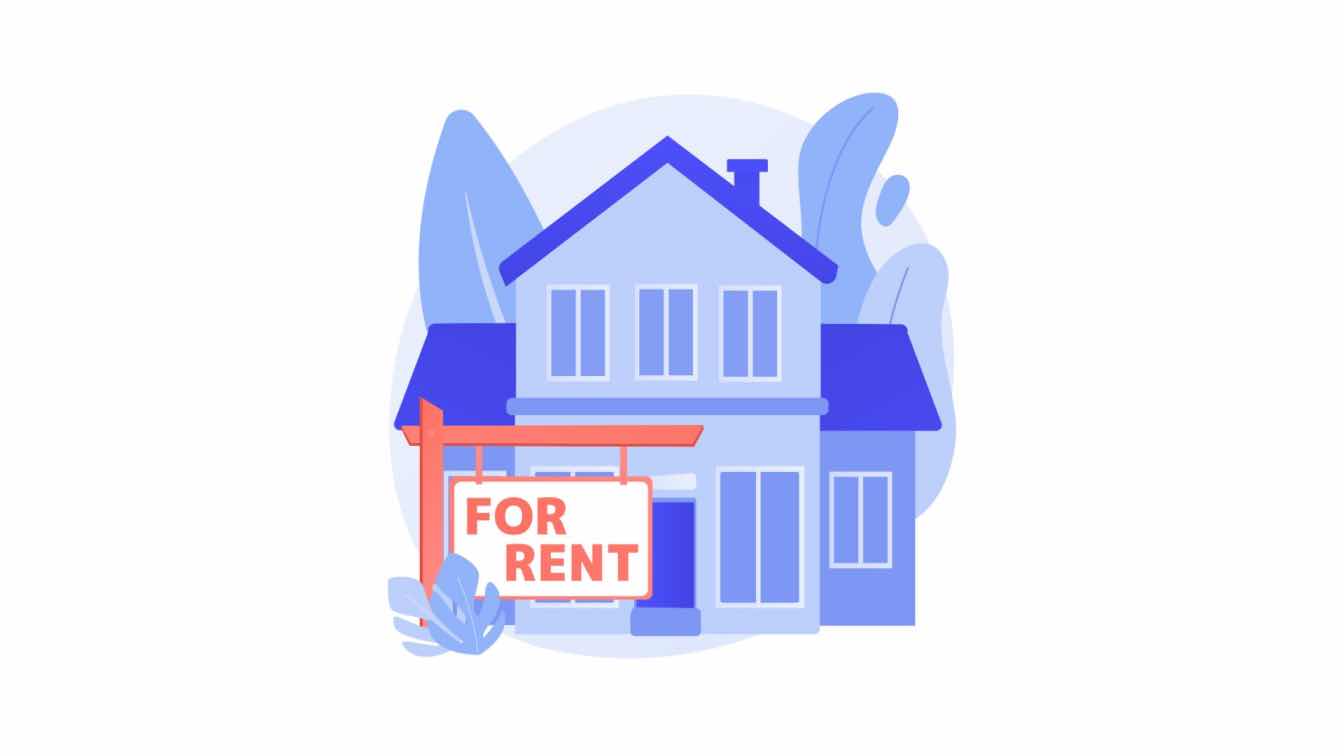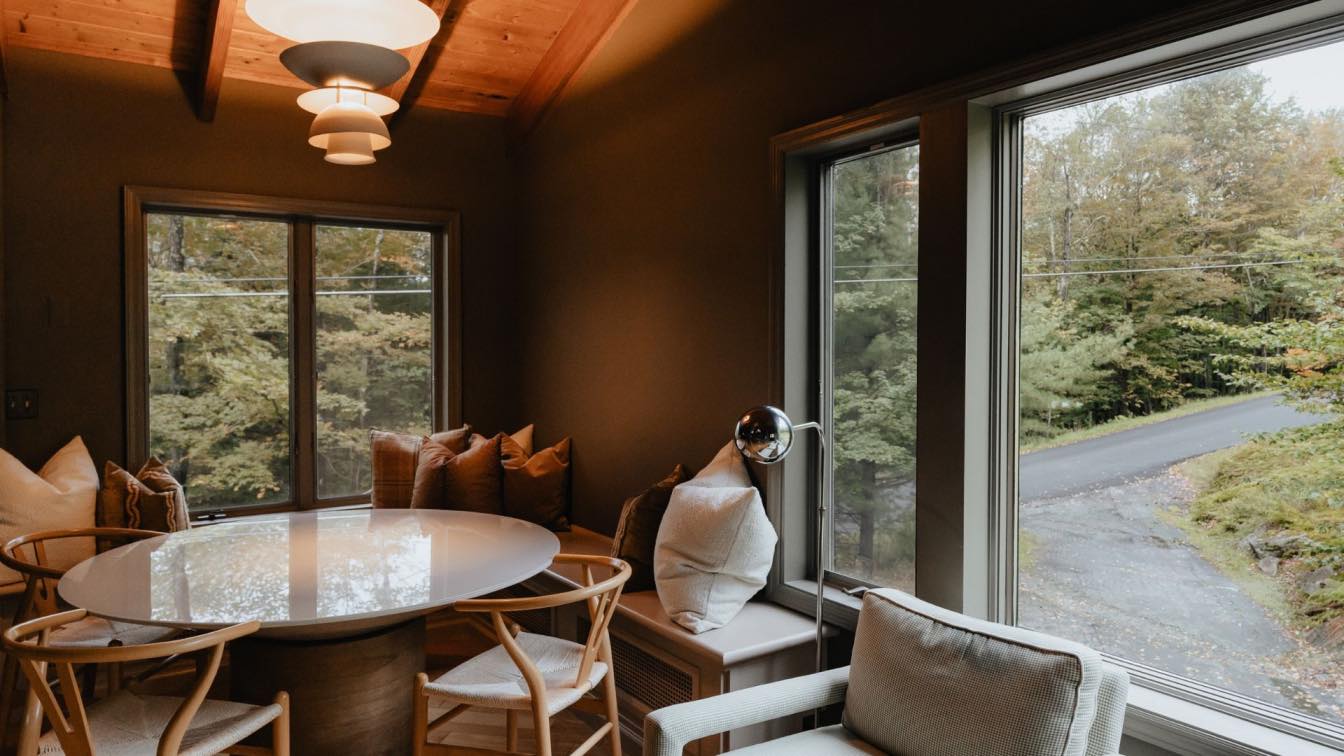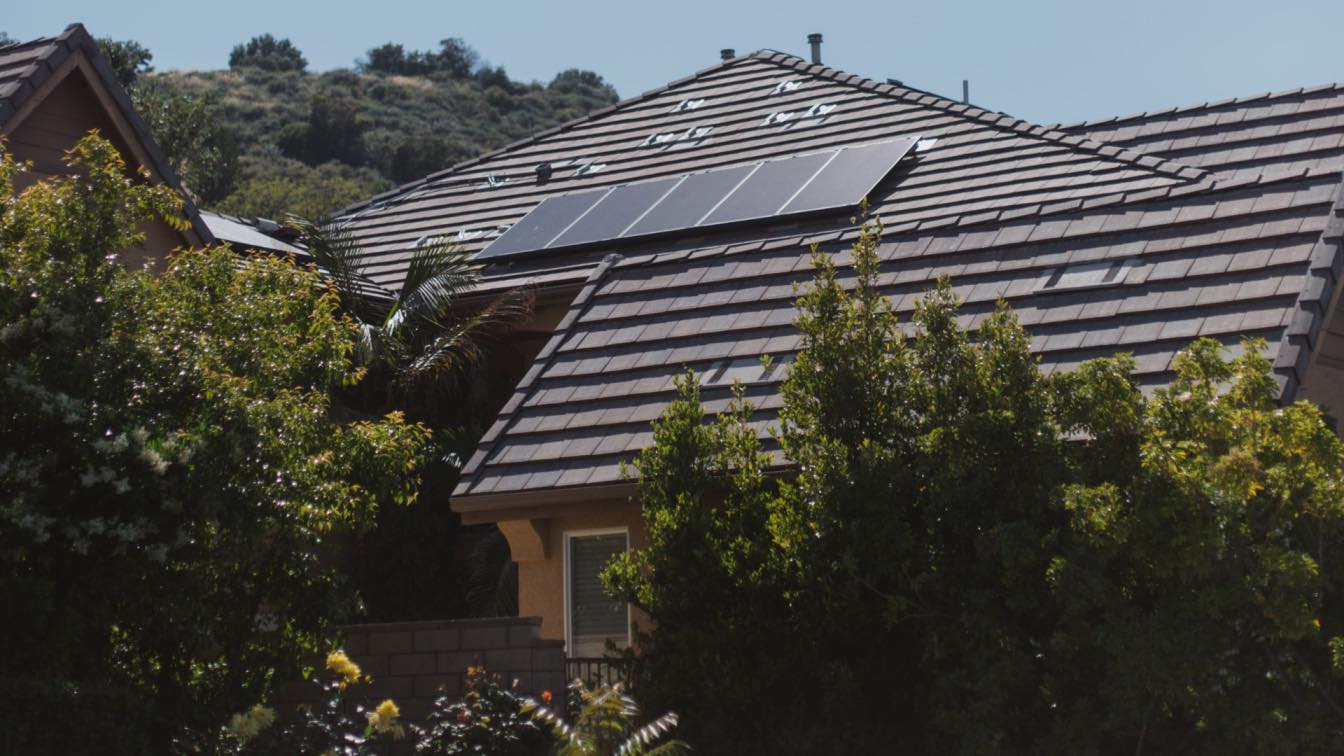Determining the appropriate rent and setting the right price is vital to a successful landlord. A competitively priced property attracts potential tenants, while an overpriced one risks prolonged vacancies or high tenant turnover due to dissatisfaction. It's essential to balance profitability and affordability to ensure a steady income stream while maintaining good tenant relationships. Here are some pricing strategies to help landlords set the right rental price:
Conduct a Thorough Market Analysis
Before setting a rental price, conduct a thorough market analysis of similar properties in your area. Research properties that match your rental's size, location, and amenities to determine the average rent. Also, note the occupancy rates in your neighborhood; high vacancy rates may signal an oversaturated market, requiring you to adjust your rent. This analysis ensures your rental pricing is reasonable and reasonable, making your property attractive to potential tenants.
Another key aspect of market analysis is understanding broader economic conditions and their impact on rental demand. Employment rates, local development projects, and demographic shifts can significantly influence rental prices. When renting out your house, keeping track of these external factors can help you stay ahead of the curve and make informed decisions about your rental pricing. For instance, if new businesses are moving into the area, this could drive up demand for housing, allowing you to set a higher rent.
Consider Your Expenses
When determining your rental price, it's essential to factor in all expenses associated with maintaining the property. These include mortgage payments, property taxes, insurance premiums, maintenance costs, and homeowner association (HOA) fees. Additionally, you should budget for occasional repairs and unexpected emergencies, such as plumbing issues or appliance replacements. Accounting for these expenses ensures that your rental income covers your costs and provides a margin for profit. It also allows you to determine the minimum rental price required to break even, which can help you negotiate with potential tenants.
Calculate the Return on Investment (ROI)
To calculate the ROI, you must subtract your annual rental expenses from your yearly rental income and divide the result by your total investment cost. The ROI gives you a percentage that indicates the rate of return you earn on your property. A high ROI signifies a profitable venture, while a low ROI might suggest adjustments are needed in pricing or expense management.
While rental income is a significant factor in calculating ROI, it's not the only one. Other factors, such as mortgage interest rates, property appreciation, and tax deductions, can also impact your overall return. Understanding all these factors is crucial when setting your rental price to ensure maximum profitability.
Adjust Rent According to Demand
Consider raising the rent gradually during periods of high demand to maximize your income. For instance, if your local area is experiencing rapid development or an influx of new residents, the increased demand for housing can justify a rent increase. Conversely, during an economic downturn or off-peak rental seasons, offering promotions or temporarily lowering rent may be wise to attract tenants and reduce vacancy periods.
Flexibility in pricing helps maintain income stability and builds a good rapport with tenants by demonstrating your awareness of market conditions and their impact on affordability. Conduct regular reviews of the rental market and be prepared to make timely adjustments. This proactive strategy allows you to successfully navigate the ebbs and flows of rental demand, ensuring that your property remains appealing and profitable.
Keep an Eye on Competitors
If nearby properties offer more attractive rental prices or amenities, you may need to adjust yours. Focus on your competitors' unique selling points for ideas to enhance your property's appeal. For example, if neighboring rentals offer upgraded appliances or free Internet, consider providing similar or additional perks to make your property more attractive.
While it's helpful to consider what others are charging, rely on something other than this when determining your pricing strategy. Use this data as a reference point, but also factor in your property's unique features and value. Stay informed about the rental market, including trends and tenant preferences, to keep your property competitive in pricing and amenities.
Offer Flexible Lease Terms
Instead of sticking to the traditional one-year lease, consider providing options for short-term leases, month-to-month agreements, or even multi-year leases at a slight discount. This flexibility can appeal to younger renters, professionals on temporary assignments, or those new to the area who may want to wait to commit to a long-term lease. Flexible lease terms can also help you fill vacancies quickly, reduce turnover, and allow for more frequent rent adjustments in response to market changes.
A well-considered rental price benefits both the landlord and the tenant, fostering a positive rental experience and a successful long-term investment. Striking the right balance requires ongoing research, strategic adjustments, and a thorough understanding of your property's value in the current market. By maintaining this balance, you can ensure consistent occupancy, satisfied tenants, and a sustainable income stream, ultimately securing the prosperity of your rental property.





